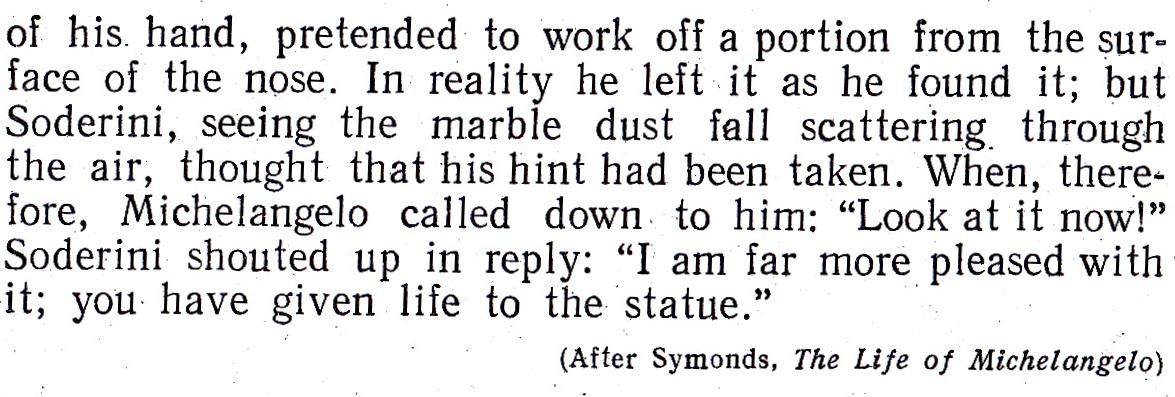







What is Modern Architecture?
Modern architecture is the term used to describe the simplified building styles of the late 19th and the 20th centuries.
Proponents of the modern style wanted designs that were more in keeping with the social and political developments of a new age. It also became possible to implement these new design ideas as a result of new technological and engineering developments. Materials like glass, steel, iron and concrete began to be widely used in construction.
The architects who designed in the modern style were mainly inspired by aesthetics. They determined the form of a building according to its functional requirements and the materials to be used. Simplified forms were preferred and all unnecessary details were banished.
Some prominent modern architects were Louis Sullivan and Frank Lloyd Wright in the USA, Otto Wagner in Vienna, Victor Horta in Brussels, Le Corbusier in France and Antoni Gaudi in Barcelona. The German architects Ludwig Mies Van der Rohe and Walter Gropius ran the famous Bauhaus school that was a major influence on the modern movement.
Modernism proved very popular in the USA. For a long time, nearly 50 years, modernism was the definitive style used to build commercial, institutional and public buildings. The style did not catch on that well with single residential dwellings.
Notable buildings in the modern style are William Le Baron Jenney's Home Insurance Building in Chicago and the Seagram building by Ludwig Mies van der Rohe in New York. Modern architects were also concerned with city planning. Le Corbusier designed the city of Chandigarh in India and was involved in designing Brasilia in Brazil.
The principle problem with modern architecture was its uncompromising focus on functionality and rectilinear forms. There was no inclination to give designs more humanizing touches and no concession to local styles. This made modern style buildings appear rather stark and sterile.
Critics of modern architecture argued that aesthetics and Disenchanted with the modern styles, many architects began to move towards the more organic designs of post-modernism.
Vocabulary
Simplified – упрощенный
Proponent – сторонник
Implement – осуществлять
Concrete – бетон
Inspired – воодушевленный
Aesthetics – эстетика
Determined – полный решимости
Requirement – требование
Banish – убирать
Prominent – выдающийся
rectilinear – прямолинейный
uncompromising – непреклонный
inclination – склонность
stark – пустынный
Disenchanted – разочаровывать
Oxford
Oxford was founded in the 9th century when Alfred the Great created a network of fortified towns called burhs across his kingdom. One of them was at Oxford. Oxford is first mentioned in 911 in the Anglo-Saxon Chronicle.
According to legend, Oxford University was founded in 872 when Alfred the Great happened to meet some monks there and had a scholarly debate that lasted several days. In reality, it grew up in the 12th century when famous teachers began to lecture there and groups of students came to live and study in the town.
But Oxford was a fortress as well as a town. In the event of war with the Danes all the men from the area were to gather inside the burgh. However this strategy was not entirely successful. In 1009 the Danes burned Oxford.
However Oxford was soon rebuilt. In 1013 the Danish king claimed the throne of England. He invaded England and went to Oxford. In 1018 a conference was held in Oxford to decide who would be the king of England.
By the time of the Norman Conquest, there were said to be about 1,000 houses rn Oxford, which meant it probably had a population of around 5,000.
By the standards of the time, it was a large and important town (even London only had about 18,000 inhabitants). Oxford was the 6th largest town in England. Oxford probably reached its zenith at that time. About 1072 the Normans built a castle at Oxford.
In the 12th and 13th centuries Oxford was a manufacturing town. It was noted for cloth and leather. But in the 14th and 15th centuries manufacturing declined. Oxford came to depend on the students. It became a town of brewers, butchers, bakers, tailors, shoemakers, coopers, carpenters and blacksmiths. In the later Middle Ages Oxford declined in importance.
In the 16th century Oxford declined further in terms of national importance, though it remained a fairly large town by the standards of the time. Oxford was economically dependent on the university. The students provided a large market for beer, food, clothes and other goods.
From 1819 Oxford had gas street lighting.
In the late 19th century a marmalade making industry began in Oxford. There was also a publishing industry and an iron foundry.
Oxford gained its first cinema in 1910.
The fate of Oxford was changed in 1913 when a man named Morris began making cars in the city. In 1919 a radiator making company was formed. By the 1930s Oxford was an important manufacturing centre. It was also a prosperous city. Furthermore it escaped serious damage during World War II.
Oxford airport opened in 1938.
Today the main industries are still car manufacturing and making vehicle parts and publishing. Today the population of Oxford is 121,000.
